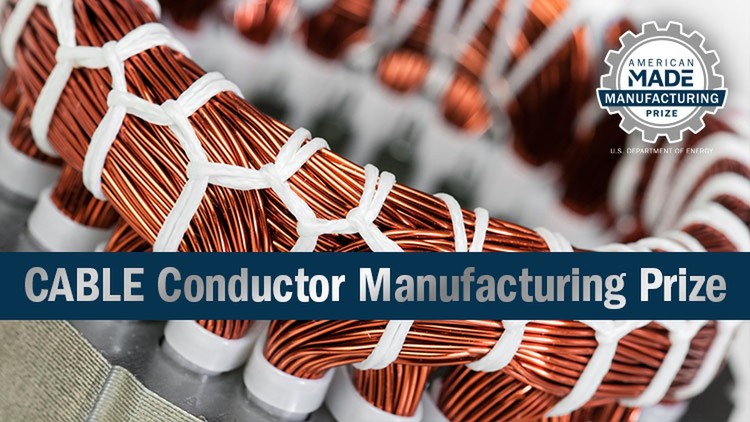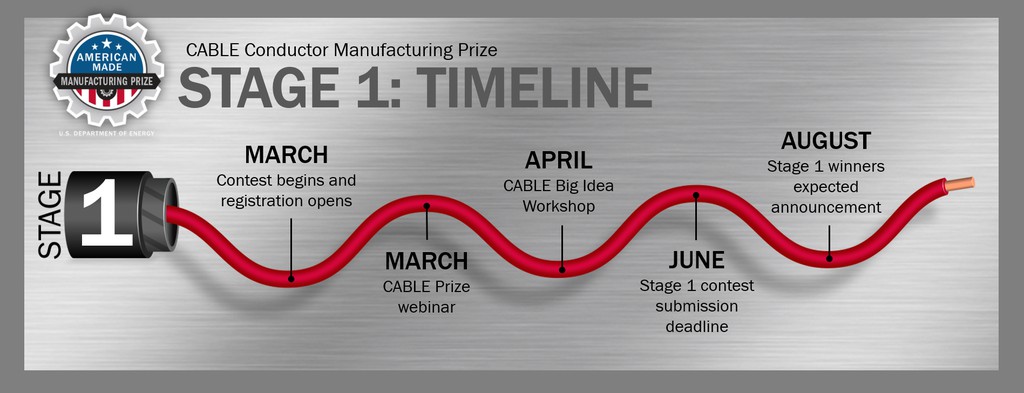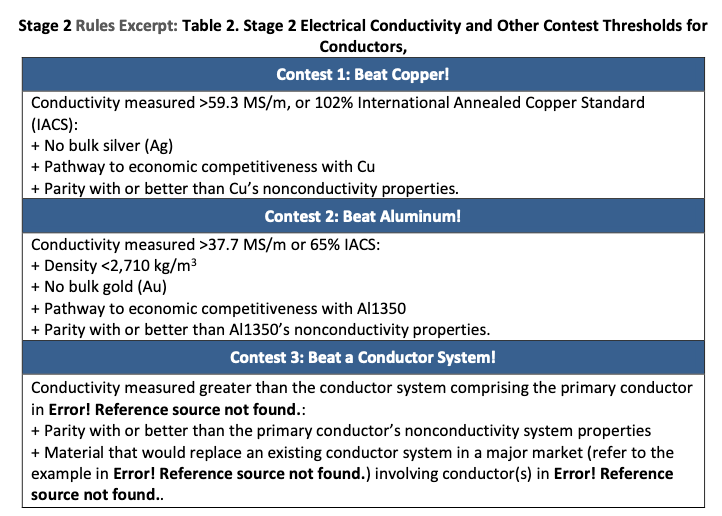It is the policy of the Biden Administration that:
[T]he Federal Government should pursue a comprehensive approach to advancing equity for all, including people of color and others who have been historically underserved, marginalized, and adversely affected by persistent poverty and inequality. Affirmatively advancing equity, civil rights, racial justice, and equal opportunity is the responsibility of the whole of our Government. Because advancing equity requires a systematic approach to embedding fairness in decision-making processes, executive departments and agencies (agencies) must recognize and work to redress inequities in their policies and programs that serve as barriers to equal opportunity. By advancing equity across the Federal Government, we can create opportunities for the improvement of communities that have been historically underserved, which benefits everyone[1].
As part of this whole of government approach, this Prize seeks to encourage the participation of disadvantaged communities and underrepresented groups. As recognized in section 305 of the American Innovation and Competitiveness Act of 2017, Public Law 114-329:
"(1) [I]t is critical to our Nation’s economic leadership and global competitiveness that the United States educate, train, and retain more scientists, engineers, and computer scientists; (2) there is currently a disconnect between the availability of and growing demand for STEM-skilled workers; (3) historically, underrepresented populations are the largest untapped STEM talent pools in the United States; and (4) given the shifting demographic landscape, the United States should encourage full participation of individuals from underrepresented populations in STEM fields."
Competitors are highly encouraged to include individuals from groups historically underrepresented[2] in STEM on their teams[3]. As part of the Prize application, competitors are required to describe how diversity and inclusion objectives will be incorporated in the project. Specifically, competitors are required to submit a Diversity and Inclusion Plan that describes the actions the competitor will take to foster a welcoming and inclusive environment, support people from underrepresented groups in STEM, and encourage the inclusion of individuals from these groups in the project; and the extent to which the project activities will be located in or benefit disadvantaged communities. The plan should include SMART milestones supported by metrics to measure the success of the proposed actions.
Further, Minority Serving Institutions, Minority Business Enterprises, Minority Owned Businesses, Woman Owned Businesses, or entities located in a disadvantaged community[4] that meet the eligibility requirements (See Section 6 below) are encouraged to apply. As described in section III.13, the Selection Official may consider the inclusion of these types of entities as part of the selection decision.
[1] Executive Order 13985, “Advancing Racial Equity and Support for Underserved Communities Through the Federal Government” (Jan. 20, 2021).
[2] Historically, minorities and women have been vastly underrepresented in the STEM (science, technology, engineering and math) fields that drive the energy sector. In the U.S., Hispanics, African Americans and American Indians make up 24 percent of the overall workforce, yet only account for 9 percent of the country’s science and engineering workforce. DOE seeks to reverse this troubling trend by working to inspire underrepresented Americans to pursue careers in energy and supporting their advancement into leadership positions. https://www.energy.gov/articles/introducing-minorities-energy-initiative.
[3] As recognized in section 305 of the American Innovation and Competitiveness Act of 2017, Public Law 114-329.
[4] DOE defines “disadvantaged communities” to be areas that most suffer from a combination of economic, health, and environmental burdens, such as, poverty, high unemployment, air and water pollution, presence of hazardous wastes as well as high incidence of asthma and heart disease. Example include, but are not limited to: economically distressed communities identified by the Internal Revenue Service as Qualified Opportunity Zones; communities identified as disadvantaged communities by their respective States; communities identified on the Index of Deep Disadvantage referenced at https://news.umich.edu/new-index-ranks-americas-100-most-disadvantaged-communities/, and communities that otherwise meet the DOE definition of a disadvantaged community.







